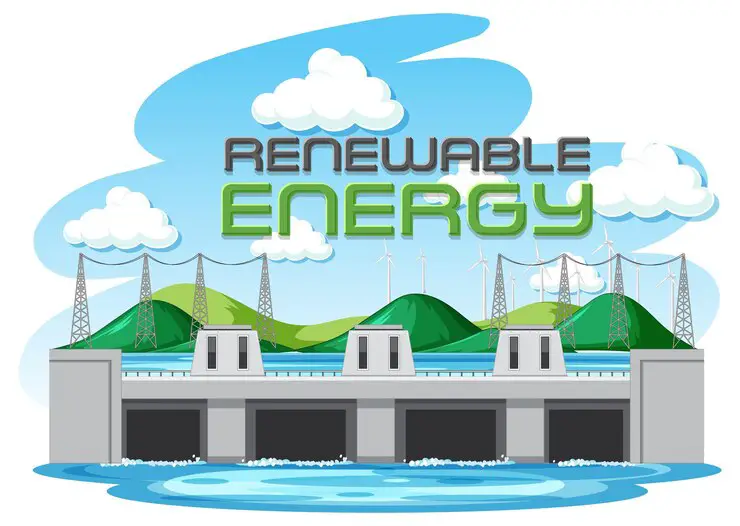Climate Change Preparedness: Safeguarding Your Family’s Future

As the impacts of climate change become increasingly evident, it’s crucial for families to prepare for the challenges ahead. From extreme weather events to rising sea levels and shifts in ecosystems, climate change poses significant risks to communities worldwide. By taking proactive steps to enhance resilience and adaptation, families can better protect themselves and mitigate the effects of a changing climate.

Climate Change Preparedness: Safeguarding Your Family’s Future

Step 1: Educate Yourself and Your Family
Start by educating yourself and your family about the science of climate change, its potential impacts on your region, and practical measures to mitigate risks. Discuss the importance of environmental conservation, sustainable living practices, and the role individuals can play in addressing climate change. Encourage open dialogue and empower family members to take action collectively.

Step 2: Assess Vulnerabilities and Risks
Conduct a comprehensive assessment of your family’s vulnerabilities and risks related to climate change. Consider factors such as geographic location, exposure to extreme weather events, susceptibility to natural disasters, and access to essential services. Identify potential hazards and develop strategies to address them, such as fortifying your home, creating emergency kits, and developing evacuation plans.
Step 3: Adapt Your Home and Lifestyle
Take practical steps to adapt your home and lifestyle to withstand the impacts of climate change. This may include implementing energy-efficient upgrades, installing renewable energy systems, conserving water, conserving electricity, and reducing waste. Consider retrofitting your home to withstand extreme weather events, such as flooding, hurricanes, or wildfires, and prioritize resilient building materials and designs.
Step 4: Foster Community Resilience
Build strong connections with your community and collaborate with neighbors, local organizations, and government agencies to enhance resilience to climate change. Participate in community-based initiatives, such as disaster preparedness workshops, neighborhood clean-up efforts, and climate action campaigns. By working together, you can leverage collective resources and expertise to address shared challenges.
Step 5: Develop Emergency Plans and Kits
Prepare your family for emergencies by developing comprehensive emergency plans and assembling survival kits. Include essential items such as food, water, medications, first aid supplies, and important documents in your emergency kits. Ensure that every family member knows their roles and responsibilities during an emergency and practice evacuation drills regularly to familiarize yourselves with evacuation routes and procedures.
Step 6: Stay Informed and Remain Vigilant
Stay informed about weather forecasts, climate-related hazards, and emergency alerts through reliable sources of information such as local news outlets, government agencies, and weather apps. Monitor changes in climate patterns and be vigilant for early warning signs of potential disasters. Stay connected with your community and be prepared to take swift action when necessary to protect your family’s safety and well-being.
Step 7: Advocate for Climate Action
Engage in advocacy efforts to support policies and initiatives that address climate change at the local, national, and global levels. Join advocacy groups, participate in climate marches, and communicate with elected officials to express your concerns and demand action on climate issues. By raising awareness and advocating for meaningful change, you can help create a more sustainable and resilient future for your family and generations to come.
Conclusion:
Climate change presents unprecedented challenges that require collective action and individual responsibility. By preparing your family for the impacts of climate change, you can enhance resilience, protect your loved ones, and contribute to building a more sustainable and resilient future. Take proactive steps today to safeguard your family’s well-being and empower future generations to thrive in a changing world.







